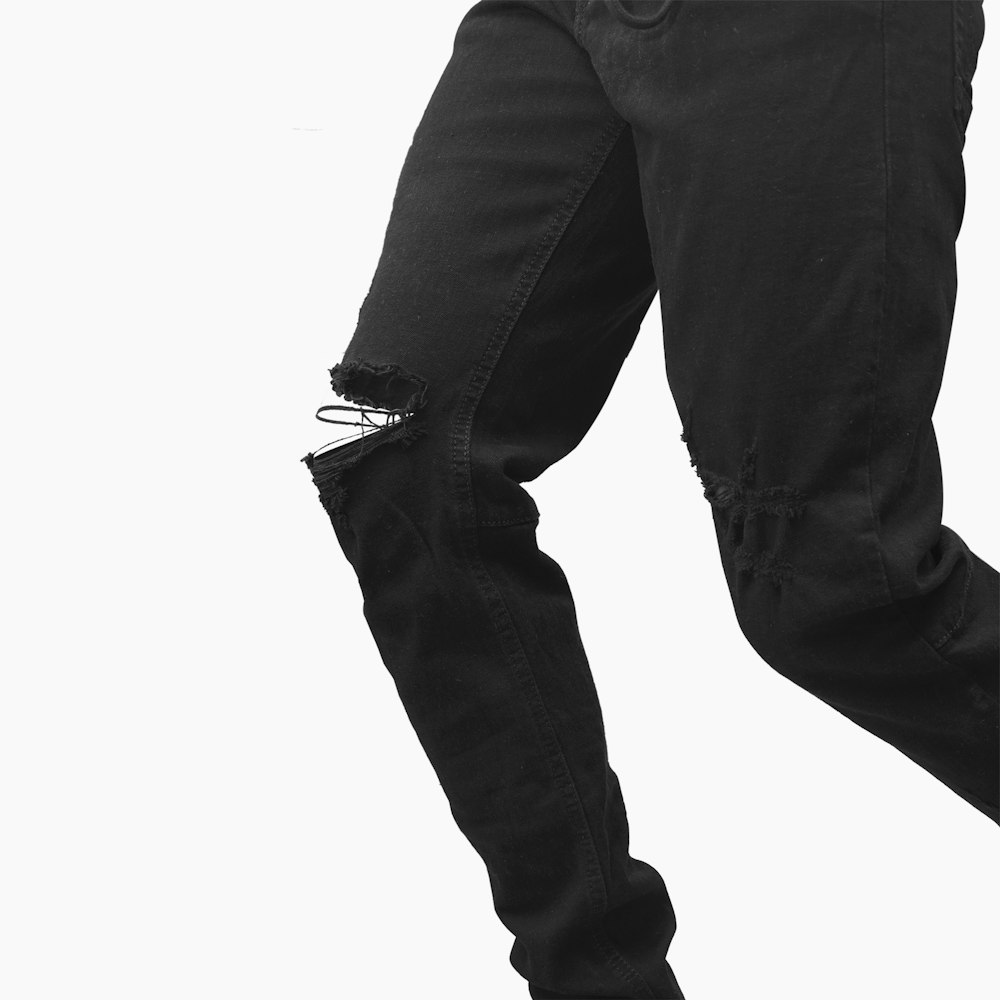Did you know that Drippy Jeans are a part of black hip-hop fashion history?
I know it seems like a random question, but we're going to dive in and find out more.
The first thing to understand is that Drippy Jeans are not actually jeans. They were made by the brand Rude Boy Style in the 1980s, and they were designed specifically for men who wanted an edgier look than what was available in department stores. The pants had wide legs and rips down the front, and they were often worn with leather jackets and hats.
The second thing to note is that the name "Drippy" refers to the fact that these pants were made from denim sewn together at a slant, which meant that they came out of the sewing machine with lots of little wrinkles or "drips." The term "Drippy" also has cultural significance for black Americans, as it's closely related to slang terms like "drip," which means "cool" or "thug."
What is the history and cultural significance of Drippy Jeans within black hip-hop fashion?
Drippy jeans are a classic style that has been worn by rappers for decades. They were originally made popular by graffiti artists in the 80s, and were later adopted by hip-hop artists as they began to wear more colorful clothing. They were also seen as a way to express their individuality and stand out from other people in their community—a way to show that they were different than everyone else.
The design of Drippy evolved over time; in the early days, they were much less detailed than they are today. As time went on, artists began to draw more heavily on the original design, which was based off of an actual pair of jeans that graffiti artist Mr. FX had purchased from a thrift store. It wasn't long before these pants became so popular among artists that they began to sell them through their own stores—and even started making them themselves!
Rappers like Jay Z and Wale started wearing Drippy in the 2000s because it reminded them of how much fun it was to create art with your hands and how much fun creating art could be for others as well! It's also thought that this style helped define how people saw themselves at Drippy Jeans, the ink-stained jeans that have been a staple of hip-hop fashion for decades, have a long history and cultural significance within the genre.
The name "drippy" is slang for being "wet," which is typically used to describe something good or cool. The pants were originally made in Los Angeles by a black immigrant named H. Wesley Pumphrey (who also co-founded Black Enterprise). He was inspired to create Drippy Jeans after seeing them on black TV show hosts such as Richard Pryor and Archie Bunker.
In the 1980s and 1990s, Drippy Jeans became synonymous with hip-hop culture—even more so than the word "bling." In fact, one of the first rappers ever to wear Drippy Jeans was LL Cool J himself! He later changed his name from Todd Smith to avoid confusion with another artist named Todd.
Drippy Jeans have always been an affordable option for people who want to wear something stylish without spending too much money on clothes. They're also great for people who want a unique look without being too flashy or attention-grabbing
The history of the Drippy Jeans is a complicated one.
In the '80s and '90s, hip-hop fashion was all about baggy jeans that were paired with colorful shirts and oversized sneakers. Those who wore them were often seen as "cool" or "tough," but they also had a reputation for being hard to dance in and uncomfortable to sit down in. In other words, it was just another way for people to say "I'm not like everyone else."
It wasn't until the 2000s that Drippy Jeans became a symbol of black culture—that is, until Kanye West started wearing them on stage! The moment marked a shift in how people saw these pants: no longer were they just a fashion statement, but rather a signifier of black pride and self-confidence. And that's exactly what they've been ever since: a way for us to show off our individuality while also embracing our similarities.




Leave a comment